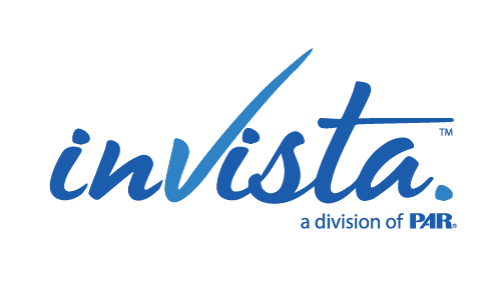For the leader or employee who wants to embark on improving professional wellbeing—their organization’s or their own—a great way to start is to consider level of training. Does your organization offer specific training for specific jobs? Do you feel technically ready to perform required tasks? If the answer is no, here are some steps that will help you take a closer look at training levels in your organization.
First, organizations must identify training gaps
Training is highly linked to performance, but it’s also related to employee satisfaction and subsequently employee turnover. A recent study conducted by InVista[1] found that employees who indicated a high risk for turnover also said they didn’t have the proper training to do their jobs. To be most successful, employees must feel confident and capable in doing their job. It may be helpful to conduct a training needs analysis—a process that determines the training an employee should complete within a certain period to perform their job effectively as well as progress and grow. Along with highlighting training you may not have previously considered, this process allows you to identify knowledge and skills gaps on your team before they become a problem.
Related article: How leadership affects your organization’s culture
Learning is the key to success
If you desire more guidance or training on how to perform your job more effectively, ask your supervisor for additional resources or tools that will help you. Speak with more experienced coworkers to learn what types of training have worked for them. Consider what elements of your job would most benefit from additional training, and seek external resources if budget allows.
Ask your supervisor the following questions:
- What resources does our organization already have?
- Is there a training video I can watch?
- Is there a specific employee I can shadow to learn more?
Of course, there are other areas that should be examined in the quest to improve professional wellbeing—including work–life balance, clarity on job expectations, and perceptions of fairness. However, an analysis of how prepared you or your team is to perform basic job tasks is a great way to start.
For a FREE, complete guide to what organizations and individuals can do to improve employee wellbeing,
[1] InVista. (2020). [Unpublished raw data on wellbeing for Beta Client 2].


Recent Comments